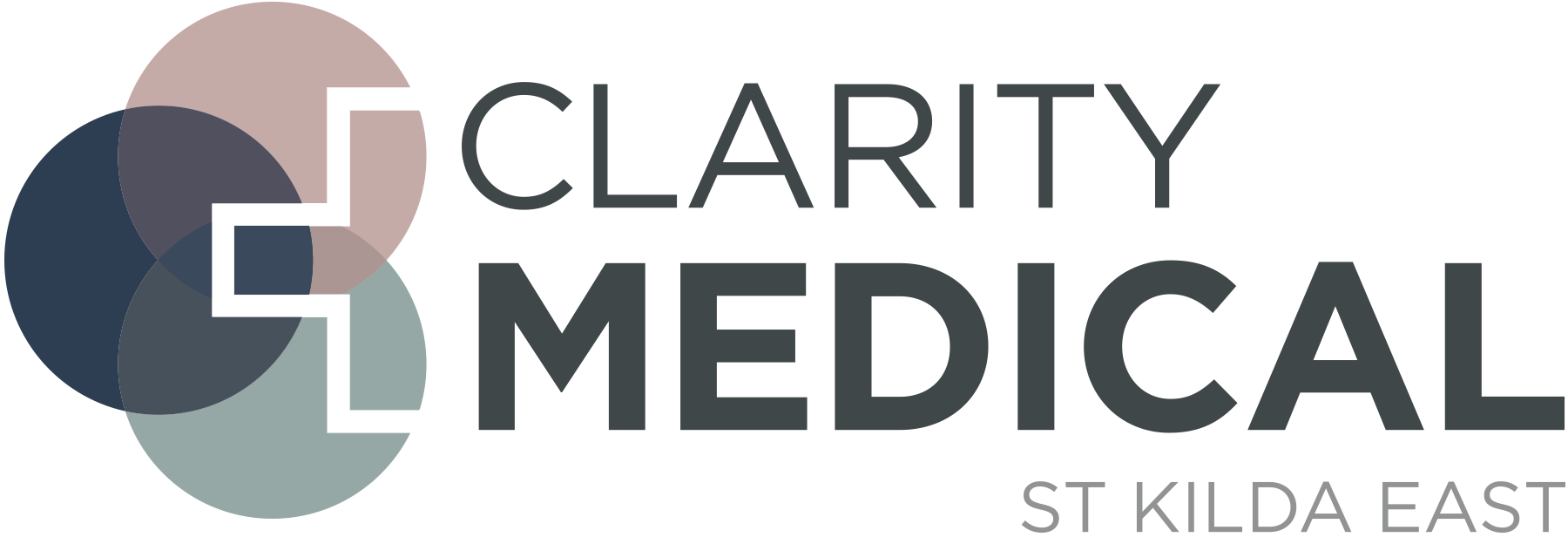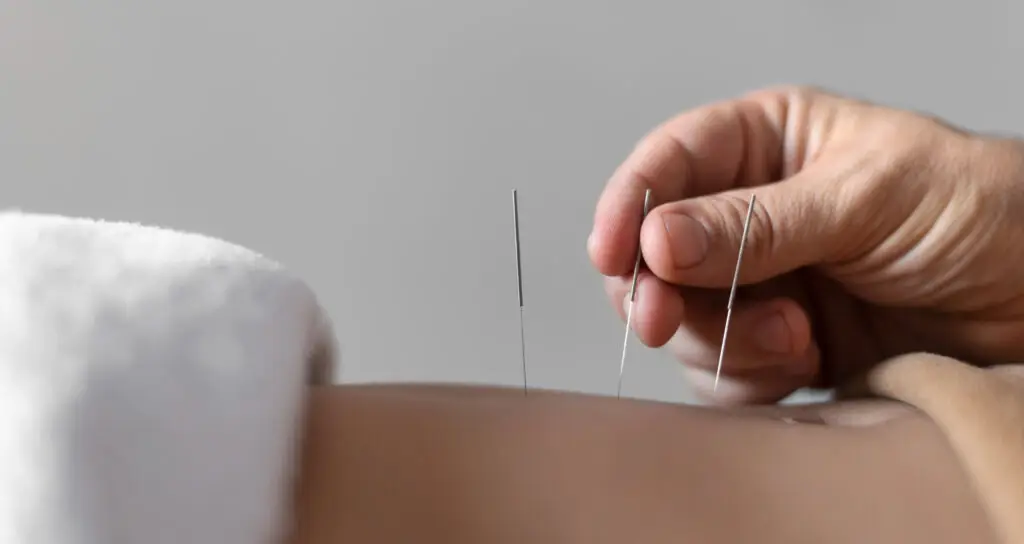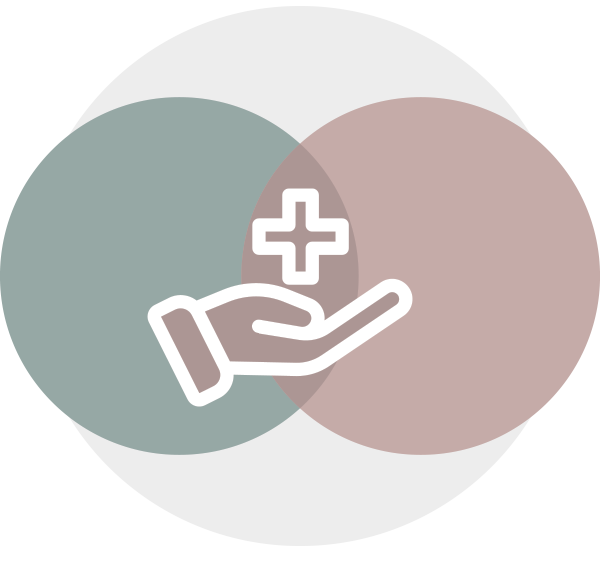Dr. Angela Catanzariti is an experienced General Practitioner with over 20 years of practice. A graduate of the University of Melbourne in 1999, she became a Fellow of the Royal Australian College of General Practitioners in 2007.
Angela is dedicated to providing high-quality care, demonstrating strong diagnostic skills. She holds a fellowship with the Australian Medical Acupuncture College and has a special interest in musculoskeletal medicine and chronic pain management. Angela has also contributed to the care of women with breast cancer, employing acupuncture to alleviate symptoms following treatment. Additionally, she is actively involved in education, mentoring, and examining students of medical acupuncture, playing a significant role within the Australian Medical Acupuncture College.
What is Acupuncture?
Acupuncture is a medical treatment involving the stimulation of acupuncture points with sterile needles or laser. Medical acupuncture is performed by a doctor who is trained in providing a medical diagnosis and using evidence-based treatment to provide relief from pain. A full medical assessment including history, examination and investigations will be performed prior to an acupuncture treatment.
How does acupuncture work?
Local nerve endings are stimulated and transmit information to the spinal cord and brain. Pain inhibition occurs as a result of local anti-inflammatory effects as well as modulating pain information from the brain and spinal cord. Acupuncture promotes healing, reduces pain, calms the body and the mind and can inactivate myofascial trigger points. Laser acupuncture is a form of low-level laser therapy. It involves activation of acupuncture points with a low level visible red light laser. The treatments are painless. The light penetrates 1-2mm into body tissues. It produces a local anti-inflammatory effect as well as producing a generalised effect on pain sensation. It is safe and has no major side effects.
How many treatments will I need?
Generally, acupuncture treatments are done weekly and require approximately six to ten treatments to provide a significant effect. Most patients report a gradual and marked improvement in pain with subsequent treatments and an improvement in general well-being. Occasionally there can be a mild flare up of symptoms after the treatment which is a sign that body is responding to the treatment.
What can acupuncture treat?
Strong evidence exists for the use of acupuncture in the management of both acute and chronic pain conditions.
Acupuncture can be useful in managing the following conditions:
- Migraine, cluster headache, tension headache, neck related headache
- Back pain
- Neck pain
- Mild depression, mild anxiety and insomnia.
- Acute and chronic joint pain, including arthritis and tendonitis.
- Menstrual problems including heavy and painful periods
- Persistent Pelvic Pain
- Abdominal symptoms related to irritable bowel syndrome and other functional gut disorders
- Pre and post operative pain
- Symptoms related to management of breast cancer – chest wall pain, nausea, joint pains and fatigue
What are the side effects?
Application of acupuncture needles is mildly painful but this usually settles quickly. The needles are single use and sterile. Laser acupuncture is completely pain free. Post acupuncture treatment, there may be a small flare up of the pain and a feeling of tiredness. This is often mild and can be easily managed. Usually patients report a general feeling of well-being, improved sleep, better mobility and reduced pain.
Image by freepik

Dr Angela Catanzariti (MBBS, FRACGP, FAMAC) is a General Practitioner consulting from Clarity Medical in St Kilda East.




